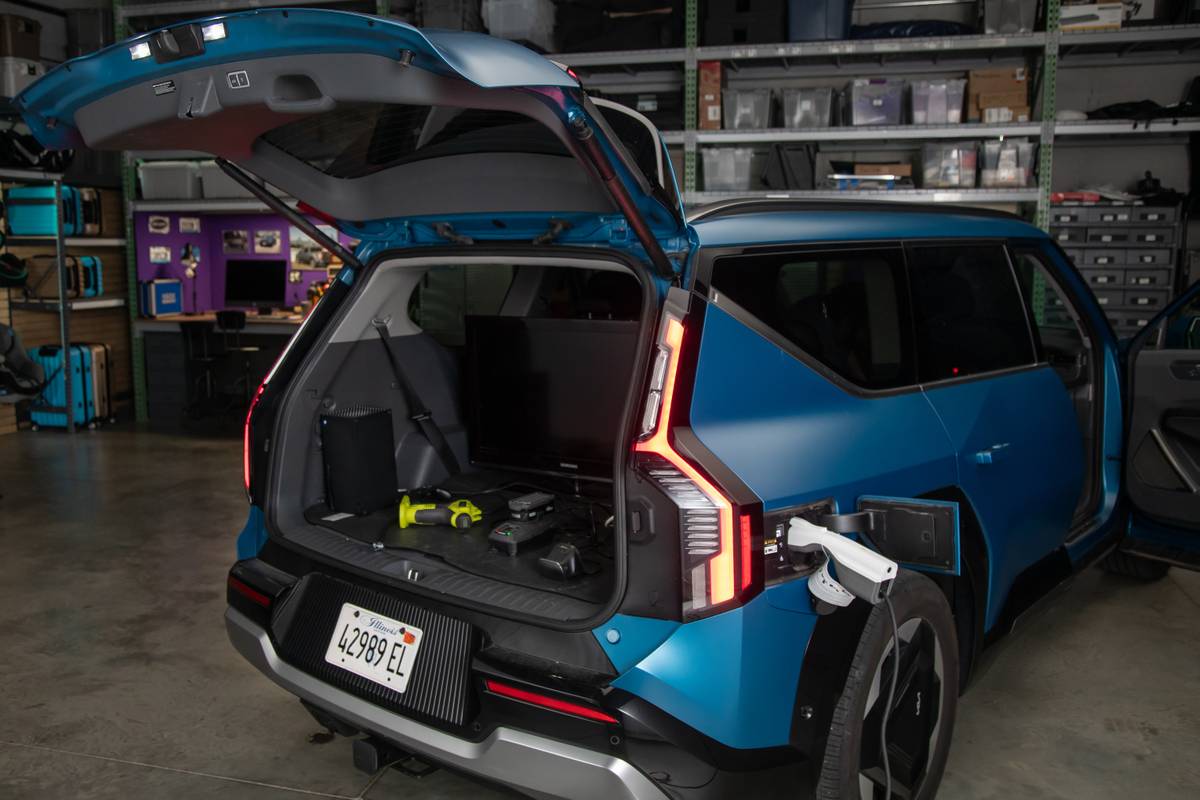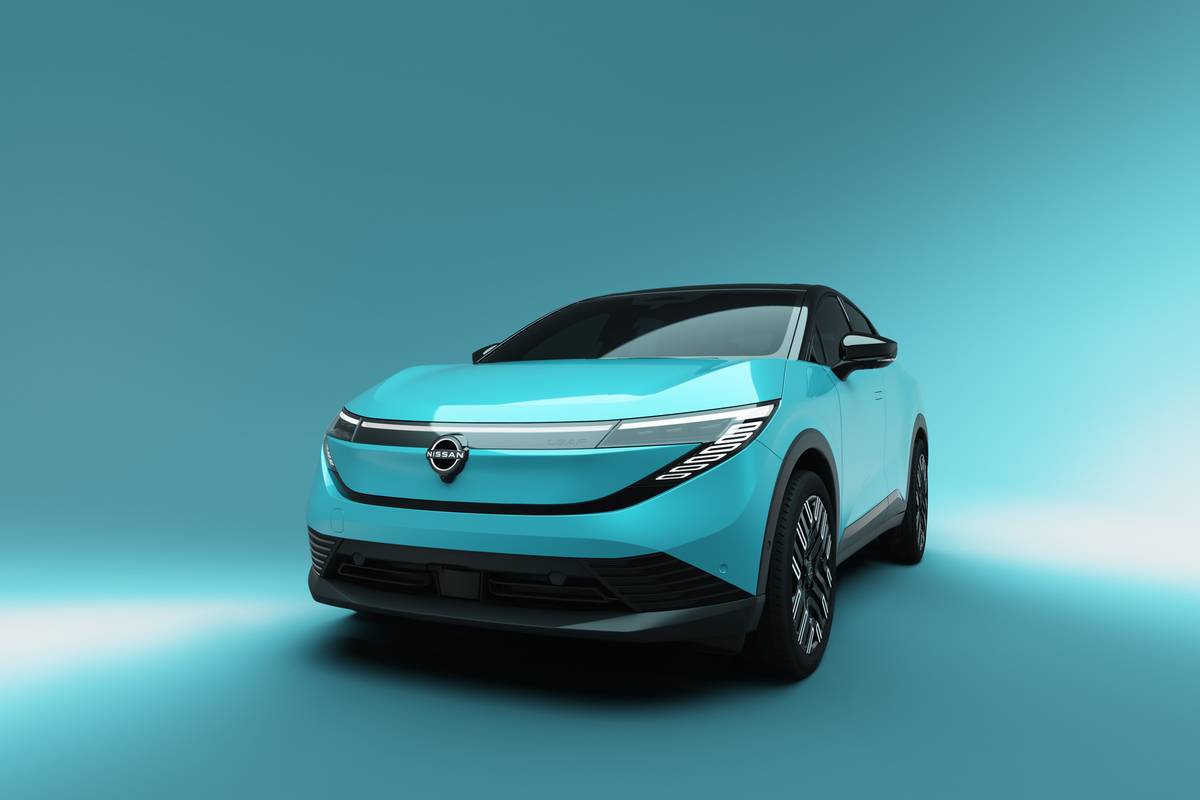Our view: 2007 Saturn Outlook


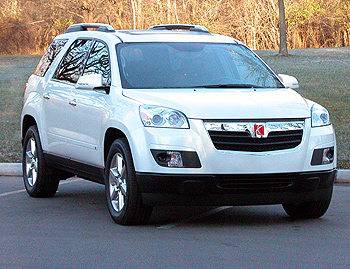
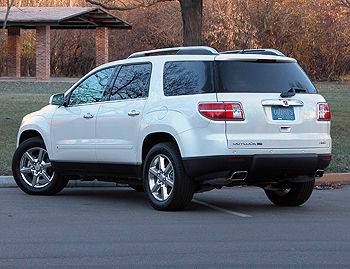

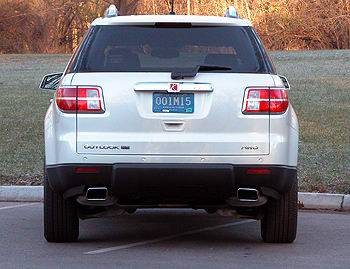
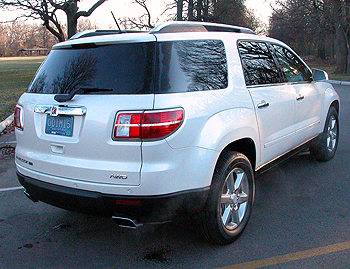



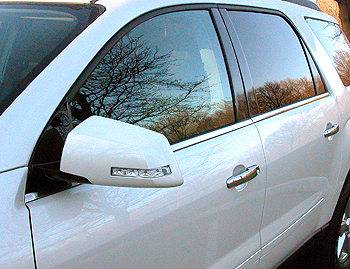
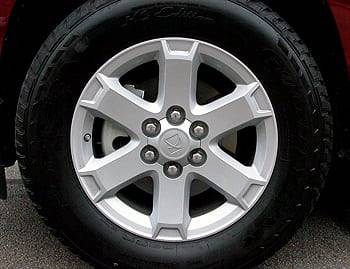
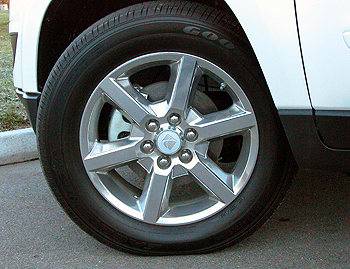
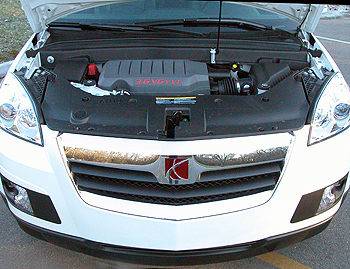
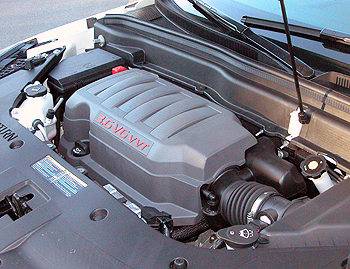
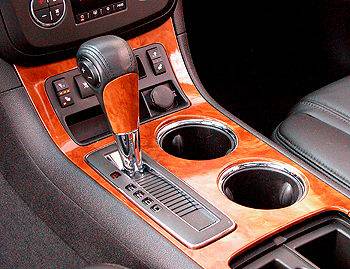
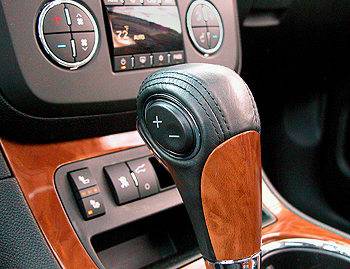
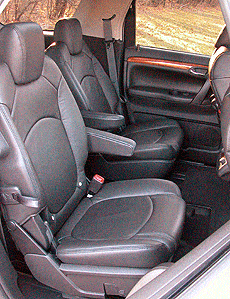
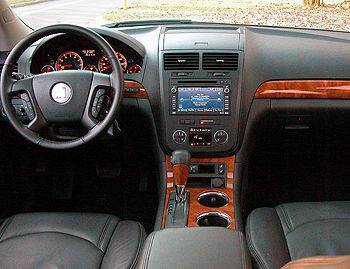
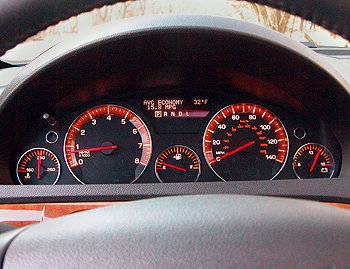
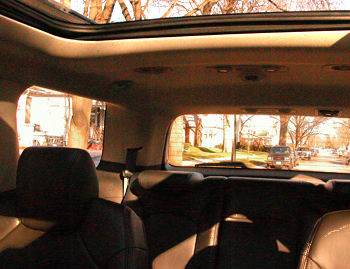
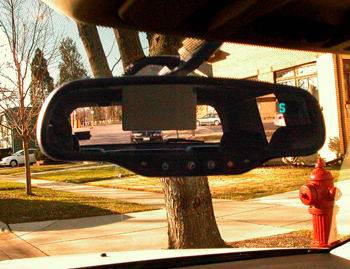
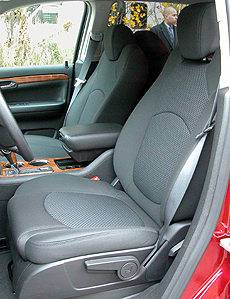
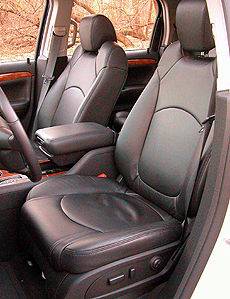
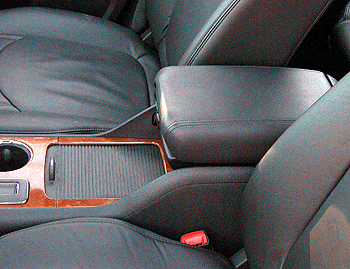
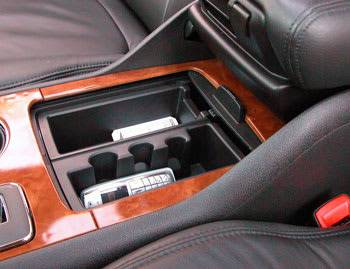
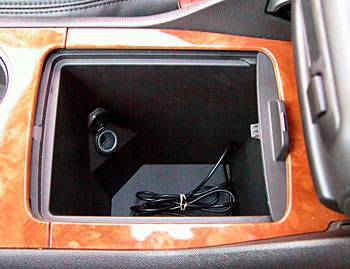
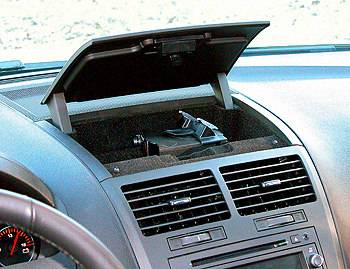
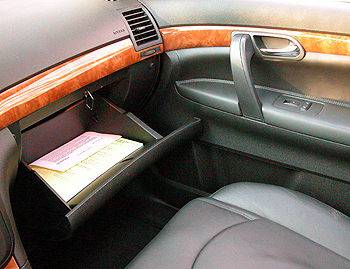

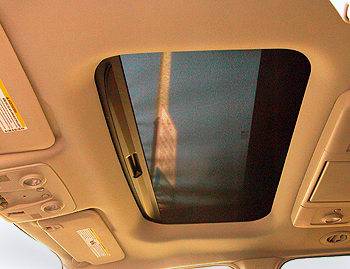
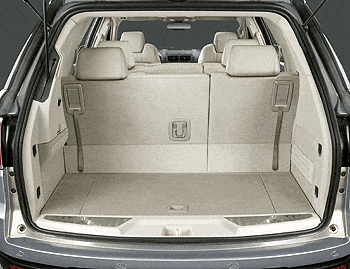































Note: This December 2006 review refers to hesitation in the Outlook’s acceleration that I deemed a deal-breaker — a sentiment later reinforced by several Cars.com visitors who had test-driven the model. Saturn has addressed this, and I recently drove the GMC Acadia, the Outlook’s sister model that Saturn says has the same exact drivetrain with the new calibration. I’m pleased to issue a clean bill of health. Accelerator lag is no longer an issue, which makes both of these models truly impressive new options for the crossover SUV shopper. —Joe Wiesenfelder, March 21, 2007
The eight-seat Saturn Outlook SUV, along with its sister vehicles from Buick and GMC, could prove to be the best thing to happen to GM in years. The Outlook combines the good looks of the new Aura sedan with interior quality worthy of Chevy’s new full-size SUVs. Very much the type of family-mover that people want today, the Outlook is designed to compete with the Honda Pilot and Toyota Highlander. Its success will depend on two things: its initial quality and buyers’ reaction to its tentative acceleration.
The Outlook explains why General Motors gave its minivans only a slight restyling a few years ago when its competitors rededicated themselves to building the best new vans they could. While they retain significant market appeal, minivans have a chronic image problem. Vehicles that combine the best aspects of minivans and SUVs — call them crossover vehicles, but only if you must — are the most appealing choice for families. Just days after the Outlook started arriving at dealerships, GM announced it will not be developing new minivans and will drop the segment entirely sometime after 2007. Outlook production is ramping up and should reach full capacity by the beginning of 2007.
Unlike the truck-based — or body-on-frame — construction of the Chevy TrailBlazer and Tahoe, the Outlook uses a new car-based — or unibody — platform (the SUV is larger than a car, but the structure is a design that’s been used in most cars for decades). Car-based vehicles are lighter and more space-efficient, meaning better gas mileage and better interior room given their exterior size. The Outlook and its ilk have the traditional SUV features that many Americans don’t want to give up — namely the body style, space, higher seat height and four-wheel drive.
Look Out
The sole engine is a 3.6-liter V-6 that generates 270 horsepower in the XE trim level (it makes 275 hp in the XR because of dual instead of single exhaust). Because it’s mated to a six-speed automatic transmission, the Outlook has both decent acceleration overall and efficient cruising. I stress overall because the drivetrain has what I consider a significant deficiency: accelerator lag. As I mentioned, once the car gets going it has decent power, but there’s often a delay after you step on the pedal before the Outlook responds. This happens consistently before kickdown, and it also seems to hesitate at least a bit when you give it some gas any other time.
This is by no means a rare problem in today’s cars, and it’s one I rail against at every instance. (I’ll explain at the end of this review why it happens, and spare most of you the glossed-over eyes.) There are different kinds of lag, and it’s worth explaining why I find the Outlook’s particularly onerous.
Sometimes transmissions hesitate before downshifting into a passing gear, but they don’t always lose momentum before doing so. This is acceptable, especially if the delay is brief — or at least if it’s consistent and predictable enough that you can adapt to it. When you nail the pedal in the Outlook, on the other hand, it feels as though the transmission releases the current gear and takes too long to engage the passing gear. While this indecision and hunting goes on, the car bogs down a bit; you hear the engine rev, and then it lurches forward. For what seems like a second or more, there’s a lot of windup but not enough pitch.
The good news for GM is that this might be reparable. The transmission is brand new, a joint venture with Ford for use in both companies’ front- and all-wheel-drive vehicles. Drivetrains are now completely computer-controlled, and sometimes it’s an issue of the programming. In terms of lag, GM Powertrain has been better than most, so I’m hoping the flaw can be cured. (It’s probably a good sign that the Ford Edge SUV, which shares this transmission, responds much more quickly.) I’m more sensitive than most to accelerator lag, but I think this instance will be a problem for many. I’d love to hear your impressions if you’ve driven the Outlook or a sister model.
| 2007 Car-Based-SUV Fuel Economy | ||||||||||||||
|---|---|---|---|---|---|---|---|---|---|---|---|---|---|---|
| FWD gas mileage (city/hwy, mpg) |
AWD gas mileage (city/hwy, mpg) |
|||||||||||||
| Saturn Outlook | 18/26 | 17/24 | ||||||||||||
| Honda Pilot | 18/24 | 17/22 | ||||||||||||
| Hyundai Santa Fe | 21/26 | 19/25 | ||||||||||||
| Toyota Highlander 4-cyl | 22/28 | 20/25 | ||||||||||||
| Toyota Highlander V-6 | 19/25 | 18/24 | ||||||||||||
| Source: EPA | ||||||||||||||
Looking In
Another good move on Saturn’s part was to make a third-row seat standard equipment, as in the Honda Pilot. The Toyota Highlander’s is optional. The Outlook seats three apiece in the second and third rows, but buyers of the higher, XR trim level can option second-row captain’s chairs, bringing the total down to seven seats.
My test Outlook had these chairs. Competitive in this class, they adjust fore and aft, and they scoot out of the way to ease third-row access. The way they do this is novel. When you pull its lever, the backrest stays vertical and the bottom cushion pivots upward, allowing the whole seat to slide forward. It’s certainly as effective as the more common fold-and-tumble design, and possibly more so. Sometimes the trickiest seats come with a comfort tradeoff (Dodge Stow N’ Go and Nissan Quest, I’m looking in your direction…), but I found these chairs comfortable. Their complexity makes me a little nervous, but we’ll have to see how they hold up to use and time.
The third row is accommodating for smaller people. Legroom is the limiting factor, so adults can make it work if the second-row passengers slide their seats forward some.
A standard seat height adjustment — manual in the XE and powered in the XR — caters to drivers of all sizes. There’s also a tilt/telescoping steering wheel that, Saturn says, made adjustable pedals unnecessary.
Looking Out of the Outlook
My 6-foot height notwithstanding, I found it difficult to judge where the Outlook’s front bumper was when gazing over the high hood. Rear visibility is fair, especially if the third row’s head restraints are folded forward, which they do automatically when you lower the backrests into the floor to increase cargo space. The captain’s chairs’ head restraints nest into the backrests, so they don’t stick up too high either, unless a passenger has raised them. The D-pillar is a bit wide. My Outlook’s sonar rear parking assist helped a lot, but it’s disappointing that the feature is optional only on the XR, bundled with other features in a Convenience Package for more than $1,000. Sonar also pales in comparison to a rearview camera, which some competitors offer.
Quality Found
After a few years of talking a good game and following up with some half-steps, GM seems finally to have committed to improving its interiors’ “perceived quality” — which refers to look and feel and not necessarily cost or underlying craftsmanship. Here it’s akin to the redesigned 2007 Chevrolet Tahoe and Suburban, whose interiors are often cited among their best attributes. The Outlook’s surfaces aren’t all soft to the touch, but they are low gloss and look more expensive. There are still some rough seams on the molded plastic parts, which is a long-standing problem for GM that never seems to get addressed.
The Outlook’s Outlook
I hate to buy into what’s becoming a cliché, but the Outlook’s formula makes it the right vehicle at the right time. Its styling garners enthusiastic responses, and it’s never confused for anything but an SUV. The confusion comes when people learn it’s a Saturn, but that seems to be good confusion.
Debuts and redesigns are a car manufacturer’s best opportunity to leapfrog the competition, and leap GM must. The Chevy Cobalt compact car hit the market just barely competitive — with a four-speed automatic when other models already had five-speeds, and with uninspired designs, inside and out. The redesigned Honda Civic came along a year later and, naturally, knocked the Cobalt on its nondescript rear. Conversely, in some areas the Outlook bests its competitors, and its six-speed (though troubled) transmission and modern features should keep it toe-to-toe with its competitors’ next generation.
The base, unadorned Outlook is reasonably well-equipped, with features like remote keyless entry, a CD player, automatic headlights, a rear window wiper, floor mats and a solid complement of safety features. Airbags include side curtains and, for the front occupants, seat-mounted side-impact airbags. Four-wheel disc brakes with ABS and an electronic stability system all come standard.
Loaded with every possible option, an all-wheel-drive XR tops out at $43,384 including the $735 destination charge. This includes remote starting, heated windshield washer fluid, power liftgate, rear parking assist, 110-volt electric outlet, leather front seats with power adjustment and driver memory settings, heated side mirrors, stainless-steel dual exhaust, second-row captain’s chairs, GPS-based navigation system, White Diamond paint, backseat video system, front moonroof, xenon headlights, advanced stereo system with separate backseat zone, dual-zone climate control and XM Satellite Radio.
If you believe J.D. Power and Associates’ Initial Quality ratings, lately GM has been performing well overall. Regardless, perception is what matters to consumers, and they must believe that new Outlooks won’t have any unwelcome surprises. As important, the Outlook must prove to be reliable, especially because the class leaders are from Honda and Toyota, whose reliability records are unmatched. (Frequently mistaken for a reliability rating, initial quality covers about the first 90 days, not long-term dependability or cost of ownership. Of the three Saturn models that are old enough to judge for proven reliability, the Ion compact car and Vue compact SUV are rated Good by Consumer Reports. The Relay minivan has a Poor rating.)
If I were considering buying an Outlook, the fear of the unknown might weigh on me, but more important is the known: The accelerator lag would definitely give me, uh, pause.
Digging Deeper: Acceleration
Accelerator lag, a problem once associated with low-quality automatic transmissions, has become widespread with the popularization of electronic throttle and automatic transmission control. Throw in a turbocharger and there’s even more opportunity for a rubber-band effect between the accelerator pedal and your car’s reaction.
In my experience, by-wire throttles are a common source of accelerator lag — specifically throttle lag. (The throttle, which controls the engine’s fuel supply and thus its speed, is only one potential source of lag, so I often use the general term accelerator lag.) This widespread phenomenon is grossly underreported and, in my opinion, inexcusable. It’s perhaps the hardest to stomach because it’s related to a supposed technological advancement.
There are many upsides to this newer breed of throttles that use an electric signal from the accelerator pedal instead of a mechanical cable, but the problem is that they often cause a delay in the engine response when you step on the pedal. While it’s improved somewhat with time, early anomalies appeared on cars as driver-oriented as the BMW 540i. The same problem still plagues the Mini Cooper. While you may experience this anytime you step on the pedal, it’s most noticeable — and maddening — when blipping the throttle to goose the engine speed while downshifting with a manual transmission.
Doing this smoothly requires the engine to react promptly, and I contemplated whether or not I was imagining it when I first noticed the behavior. It was only when I drove two older-style cable-throttle cars I had on hand that I confirmed my suspicion. The conventional throttle makes the tachometer needle jump like a startled cat. So despite the background advantages, many by-wire throttles are a step backward in terms of the driving experience.
I’ve also been shocked at how the addition of gears (five-, six- and seven-speeds) to automatic transmissions — supposed improvements — overall have come with increased hunting, indecision and lag in downshifts. It just doesn’t make sense. The same is true of by-wire, for which there is no conceivable technical reason for lag. Ironically, it was a GM Powertrain engineer who suggested to me that other automakers’ throttle lag (GM’s at that point were better than most) came from elaborate failsafe provisions designed to prevent accidental acceleration. Electrical interference can’t be allowed to trick the system into opening the throttle on its own. Such safety features, he said, can introduce delays.
Whatever the case, having long been better than most, both in throttle response and kickdown lag, GM may be able to remedy the Outlook’s failings. Let’s hope so.
| Send Joe an email |

Former Executive Editor Joe Wiesenfelder, a Cars.com launch veteran, led the car evaluation effort. He owns a 1984 Mercedes 300D and a 2002 Mazda Miata SE.
Latest news
